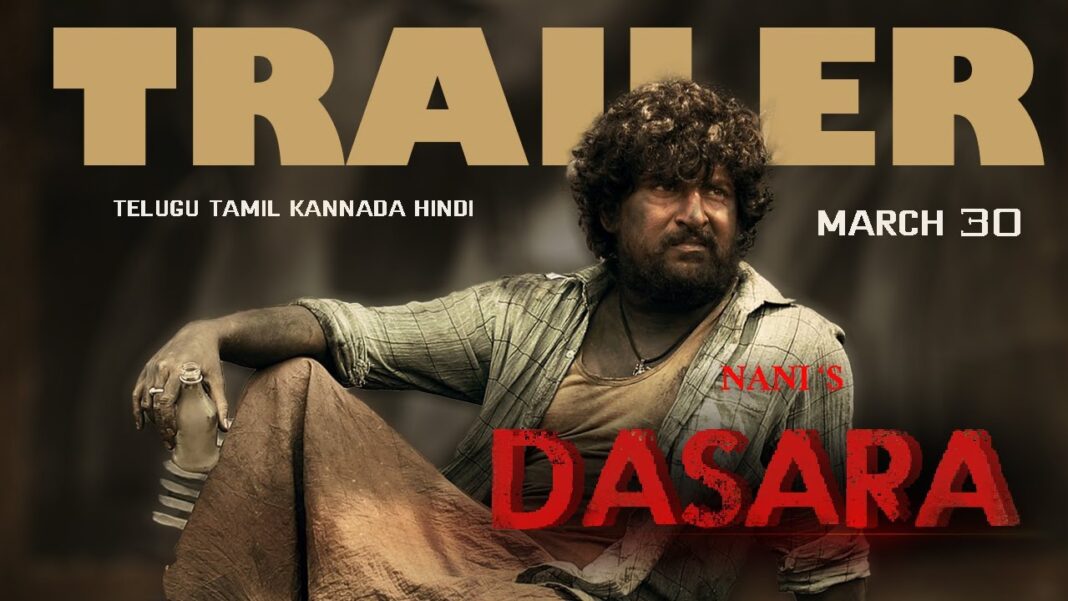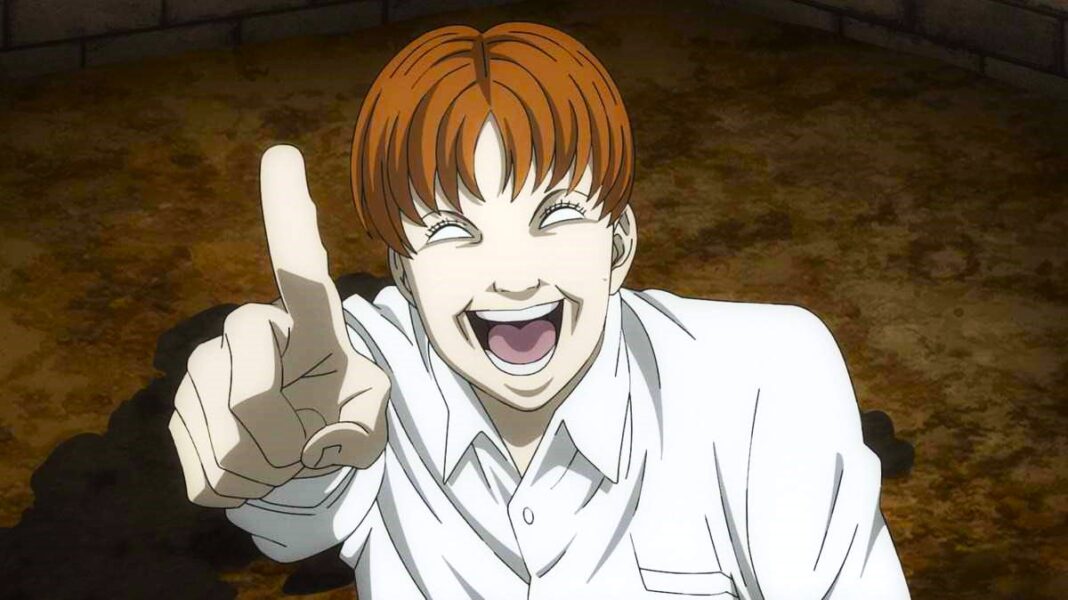Indigenous women in Montana face numerous challenges, including high rates of violence and a disproportionate number of missing persons cases. The disappearance and murder of Indigenous women have become a national crisis, and Montana is no exception. The state has one of the highest rates of missing and murdered Indigenous women (MMIW) in the country. In “Murder in Big Horn,” we see in-depth interviews with the grieving families of four native American girls.
The first Native American girl the documentary talks about is Henny Scott. She was just 14 years old when she disappeared in Crow County, Montana. She was at a house party and was last seen there. Her family went to law enforcement for help but in vain. The problem with going to law enforcement was that they do not take the cases of native Americans seriously. When her body was found, the cause of death was chalked off as hypothermia. The police did not dig much into the case and closed it. According to the police, there was no foul play in the death of Henny Scott. However, her family was not convinced. The documentary is not a murder mystery; it is made to spread awareness. Law enforcement in Montana is not doing its work properly. The documentary covers numerous topics. They talk about the history of indigenous people and how they were robbed of their self-respect by the colonizers. The issue of missing and murdered Indigenous women in Montana is a complex one with many contributing factors. Poverty, drug and alcohol addiction, and a lack of access to basic resources and services are all factors that contribute to the vulnerability of Indigenous women. Additionally, many Indigenous communities in Montana experience ongoing trauma from the ongoing injustices they have faced, such as cultural genocide and forced removal from their ancestral lands.
The BIA took two weeks to issue an alert when Henny Scott went missing. This shows their lack of interest in the case. The other girls who went missing share similarities with Henny Scott. One such case is Selena Not Afraid’s. She was also at a party where alcohol was involved. In her case, there was more awareness, and the investigation was thorough. There were helicopters, search dogs, and dozens of volunteers ready to help. However, they did not find her body for days. Soon, her body was found near a rest stop on Interstate 90. It is said that she was in a car with some people when it broke down. It was the last time she was seen there. But the same conclusion was drawn: the cause of death was hypothermia. Law enforcement did little to no investigation in the cases of these young women who disappeared and were found dead after weeks or days. The families of these young women believe that they had been abducted or killed, but there were no charges filed. The bodies found were too decomposed for analysis, and not much was done to determine how the young women got to those locations where their bodies were discovered. The lack of attention and resources dedicated to finding missing Indigenous women in Montana is a significant issue. The documentary sheds light on this issue and indicates that, in many cases, the disappearances of Indigenous women go unnoticed or are not even investigated thoroughly. Now, what is the reason? Well, this is partly due to the lack of resources available to law enforcement in tribal communities, but it is also due to systemic racism and discrimination against Indigenous people.
Another case that the documentary sheds light on is the case of Kaysera Stops Pretty Places. She was 18 years old at the time of her disappearance. The local journalist Luella Brien interviewed one of her friends who was with her on the night of her disappearance. Her friend said they were at a party, and it went downhill. The unusual thing about her death was that the authorities suggested Kaysera just laid down and died where her body was found. It was very sketchy, but again, law enforcement did not look much into the case. There is no concrete answer to these murders or deaths. The interviews of the family are very painful to watch since all of them are looking for closure, but nothing is being done by the police to help them.
The creators of the documentary tried reaching out to the FBI and BIA for interviews; however, for unsolved cases, the FBI and Bureau of Indian Affairs have a no-media policy. There was one person who frequently turned up in the documentary, and that was former undersheriff Eric Winburn, who was fired months after Selena Not Afraid’s death was discovered. He had strong opinions against the Crow and Northern Cheyenne communities. He suggested that these cases happen because the parents of these native kids do not take care of their children well. He went on to say that he does not believe that MMIW is a real movement or that it exists. According to him, the families want to believe that the real villains in these cases are white people, but their own community is too damaged to protect itself. However, the cultural experts featured in this documentary offer some historical context. They tell us that the native people have suffered from systemic abuses. For example, Indian boarding schools deprived students of their culture and access to good parenting models, leaving them dejected and resigned to a sense of meaninglessness.
One of the interviewees, Robert Kurtzman, who was the chief medical examiner in Montana, also suggested that these cases should be considered homicides. However, when the parents claimed that Henny Scott had bruises on her body and her nose was in a different shape (suggesting that she had been beaten up before her death), he had no answers to provide. The documentary then talks about the disappearance of Shacaiah Harding. Her body was never found, and her friends and family believe she is still alive. Again, law enforcement is not looking for her. But the series is not just about these four women; dozens of native women go missing in this county without any attention being paid to the issue. As the documentary progresses, the family members of the missing women became activists, holding protests and trying to keep as much of the media focused on the missing women as the community cares about them. In all cases, as we see in the documentary, the cases end up being cold. Years have gone by since the disappearance and murder of these women, but their families are still looking for an answer. However, we see that the situation of missing and murdered Indigenous women in Montana has received increased attention in recent years, and there have been efforts to address the issue. The Montana state government has launched initiatives to improve data collection on missing persons. The Montana Department of Justice has also created a task force to investigate MMIW cases and improve coordination between tribal and non-tribal law enforcement agencies. Despite all of this, there is still room for improvement. In the last episode, Luella Brien talks about why she is so protective over her children. It is because she believes that being a female is a threat in Montana County. However, she is still trying her best to spread awareness and advocate for as many people as possible.


